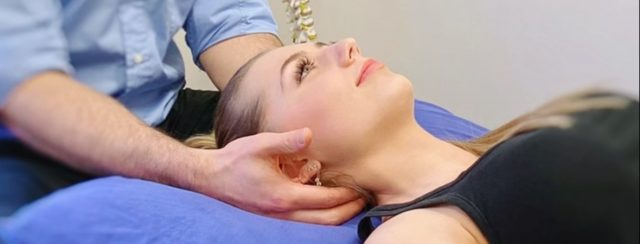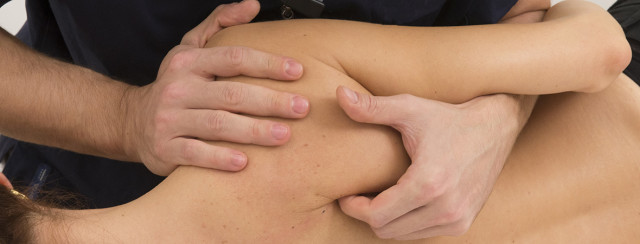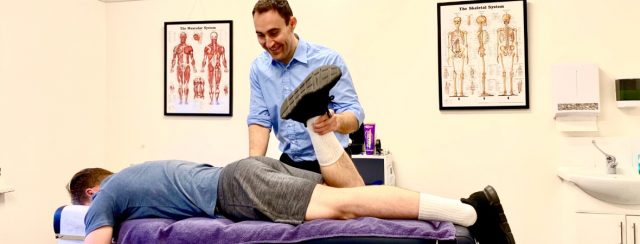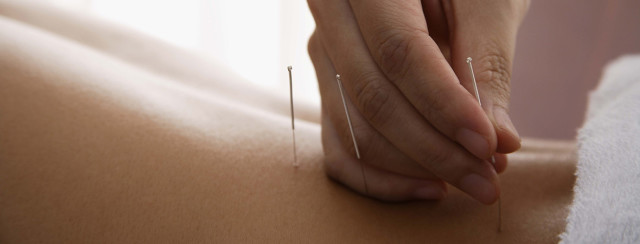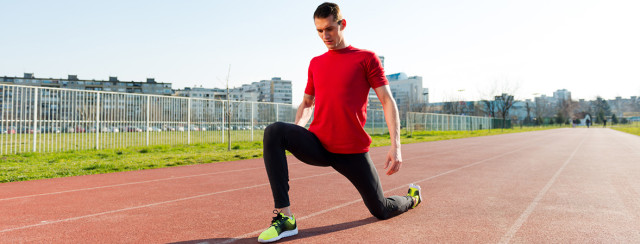Exercise and rehabilitation play an integral part in anyones recovery from pain or injury. After your practitioner establishes an accurate diagnosis for your condition, a treatment plan with be provided that will involve hands on therapy and an exercise/rehabilitation program to assist in your recovery. Over the course of your treatment your therapist with identify any weaknesses or muscle and joint problems that can be helped through specific exercises to be done in your own time. These may include a series of stretches and movement based exercises.
The benefits of a good exercise and rehabilitation program include; faster recovery from your condition, less pain and it also reduces your chance of re-injury. Programs are adapted at every stage of your recovery starting with basic stretches and mobilisations that can be done at home or at work. As your conditions improves, more functional exercises will be included in your program aimed at improving your ability to your everyday activities. Finally, more complex or resistance based exercises may be given to improve your strength, flexibility and stamina. This will help create resilience and reduce your chances of reinjury.



